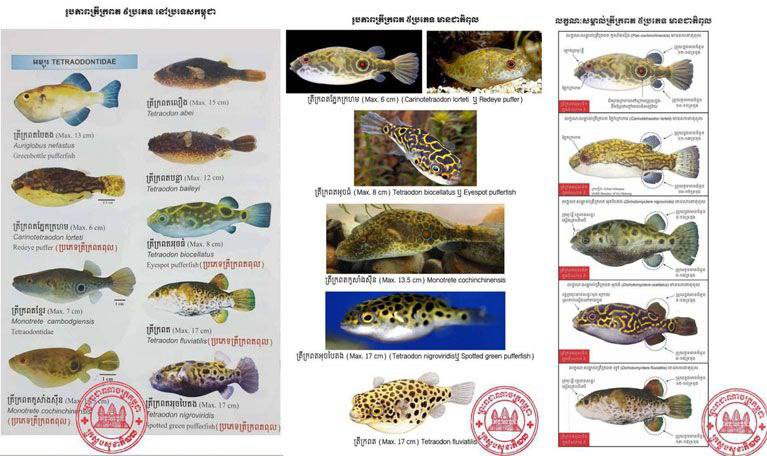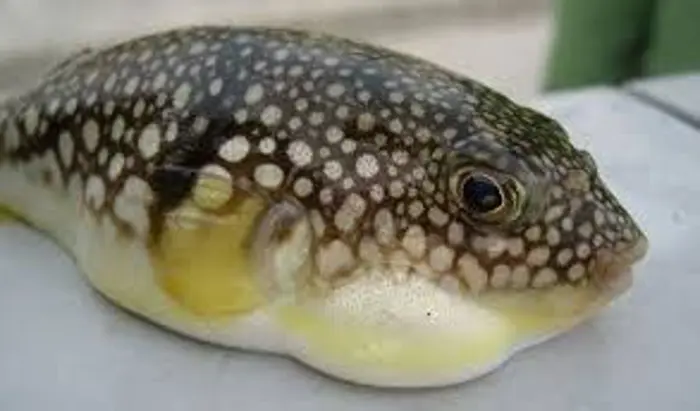Hey, you know those freshwater pufferfish people sometimes catch and eat around the Mekong River? Well, some big researchers just dropped some important findings about them—it turns out they’re a huge public health risk!

The Team-Up
This was a major joint research project between Kratie University and a bunch of impressive Japanese institutions, including experts from Nagasaki, Kyoto, and Fukushima Universities, plus the Osaka Aquarium. They presented all their findings at a science conference on November 13, 2025.
The whole goal of the conference was to show the scientific results and, most importantly, warn the public about the food safety and health risks of eating these fish. Even the Japanese Ambassador, H.E. UENO Atsushi, and a high official from the Ministry of Education were there, showing how serious this is.
The head of Kratie University, H.E. Ngy Laymithona, emphasized that this kind of international teamwork is crucial for tackling the toxicity problems these pufferfish cause in the region.
What They Studied
The project, which got money from Japan (JSPS), focused on four super important questions:
- Toxin Levels: Why do the poison levels in the fish go up and down?
- Where the Poison Comes From: How do the fish get the toxins from their environment in the first place?
- Why People Still Eat Them: Understanding why local people keep eating these risky fish.
- Making Them Safe: Is there any way to make freshwater pufferfish safe for people to eat?
The Big Reveal: The Fish Look Different & Are Different!
A main researcher, Professor Minoru Wada, showed off some detailed results. They looked closely at pufferfish samples from Kratie province and used DNA testing (mtDNA sequencing) to sort them into two groups:
- Pao sp. A: These fish have a short snout, and guess what? They were found to contain super high toxin levels!
- Pao sp. B: These fish have a longer snout with spines, and they had much lower toxin levels.
Important Takeaway
Professor Wada stressed that the pufferfish aren’t born poisonous. The toxins (like saxitoxins or STXs) are actually external—the fish build them up in their bodies by eating poisonous bacteria, algae (cyanobacteria), and other little things in the water.
He concluded that the next step is crucial: researchers need to figure out the precise link between the food the fish eat and how much poison they end up having in their bodies.
Basically, until they figure out how to stop the fish from getting poisoned by their environment, eating the short-snouted ones is extremely dangerous!

